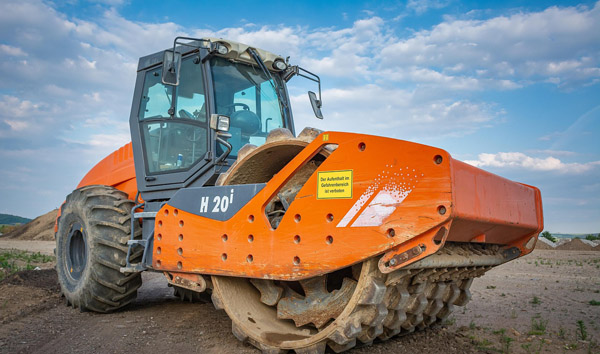Revolutionizing Logistics: The Rise of Autonomous Rough Terrain Forklifts
2025-07-18 05:00:31
The logistics and construction industries are witnessing a paradigm shift with the advent of autonomous Rough Terrain Forklifts. These advanced machines combine rugged design with cutting-edge automation, enabling seamless material handling in uneven, unpaved, or debris-laden environments. Unlike traditional forklifts, autonomous rough terrain forklifts leverage AI-driven navigation, LiDAR sensors, and real-time data processing to operate safely without human intervention.
One of the most significant advantages of autonomous rough terrain forklifts is their ability to perform in extreme conditions. Whether navigating muddy construction sites, rocky terrains, or uneven warehouse yards, these machines maintain stability and precision. Their adaptive suspension systems and reinforced tires ensure optimal traction, while onboard AI continuously adjusts movement patterns to avoid hazards. This capability reduces downtime and minimizes the risk of accidents, making them indispensable for industries like mining, agriculture, and large-scale construction.
Market data indicates a surge in demand for autonomous rough terrain forklifts, with projections estimating a 22% CAGR from 2023 to 2030. Companies like Caterpillar and Komatsu are leading the charge, integrating IoT connectivity and predictive maintenance features into their models. These forklifts can self-diagnose mechanical issues, schedule repairs, and even optimize fuel or battery consumption, further enhancing operational efficiency.
Safety remains a top priority for autonomous rough terrain forklifts. Equipped with 360-degree obstacle detection and emergency braking systems, they significantly reduce workplace injuries. Case studies from Australian mining operations show a 40% drop in forklift-related incidents after deploying autonomous models. Additionally, their ability to operate in hazardous environments—such as chemical plants or disaster zones—minimizes human exposure to danger.
The future of autonomous rough terrain forklifts lies in swarm technology, where multiple units collaborate to complete complex tasks. Researchers at MIT are developing algorithms that enable fleets of these forklifts to synchronize movements, share workload data, and dynamically reroute based on real-time terrain changes. Such innovations promise to revolutionize large-scale logistics, reducing costs and improving scalability.
In conclusion, autonomous rough terrain forklifts are not just a technological advancement but a necessity for modern industries. Their ability to operate in harsh conditions, coupled with AI-driven efficiency and safety enhancements, positions them as a cornerstone of next-generation logistics. As adoption grows, businesses must invest in training and infrastructure to fully harness their potential.














